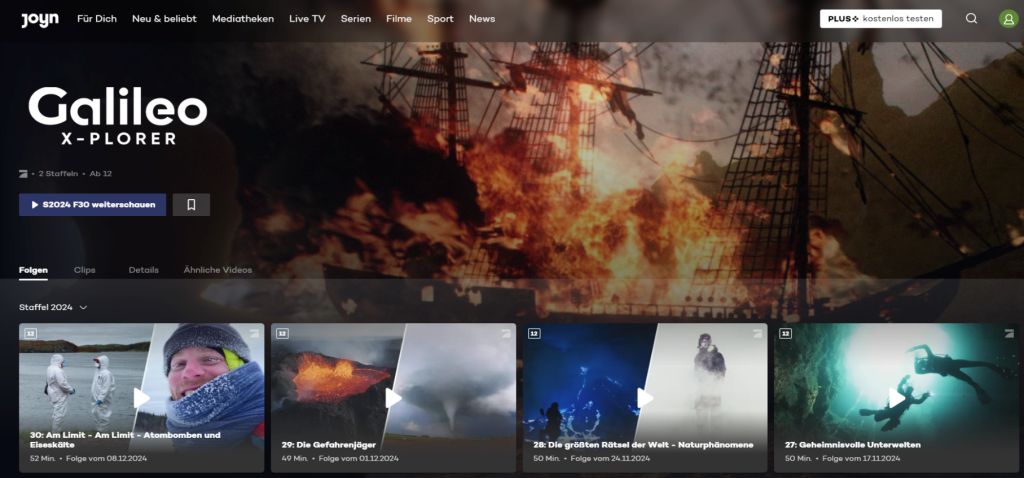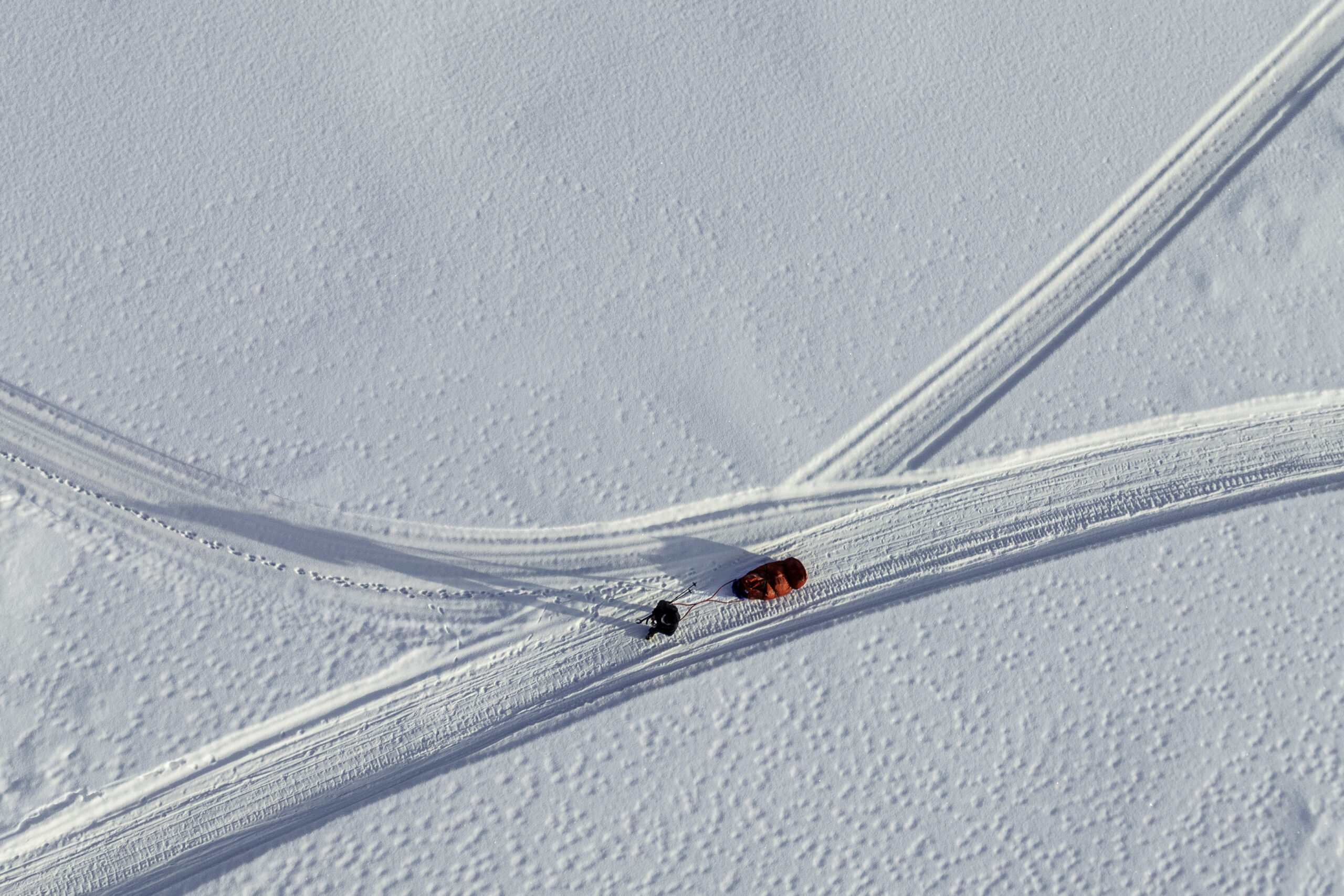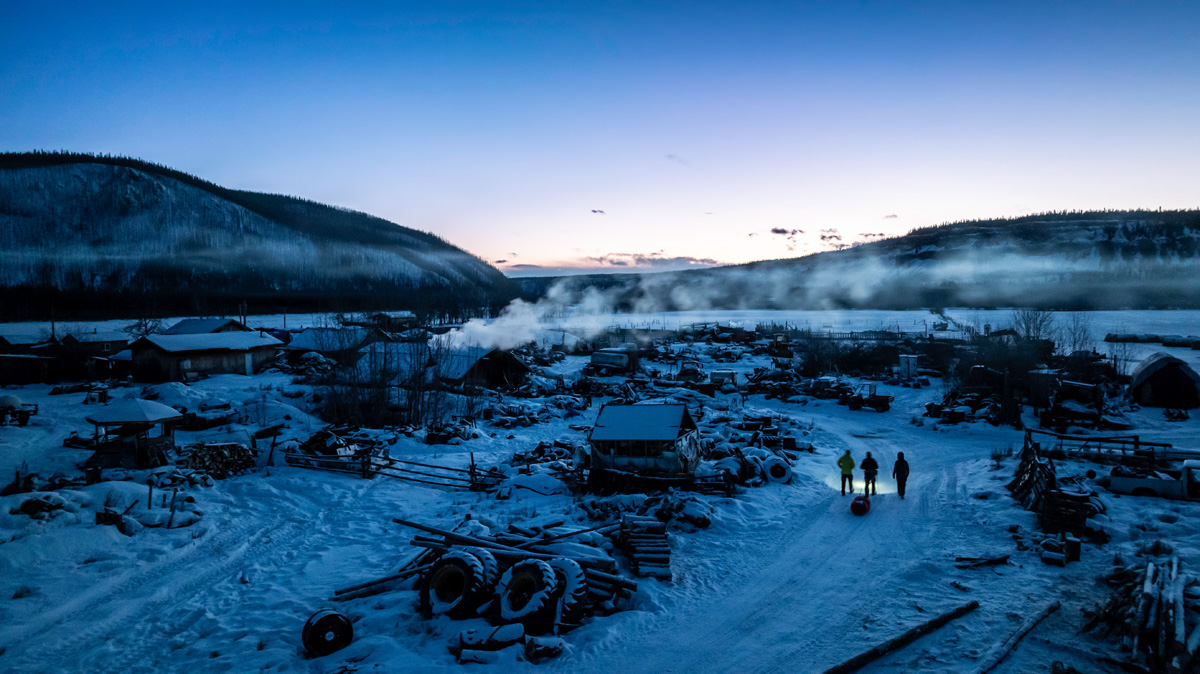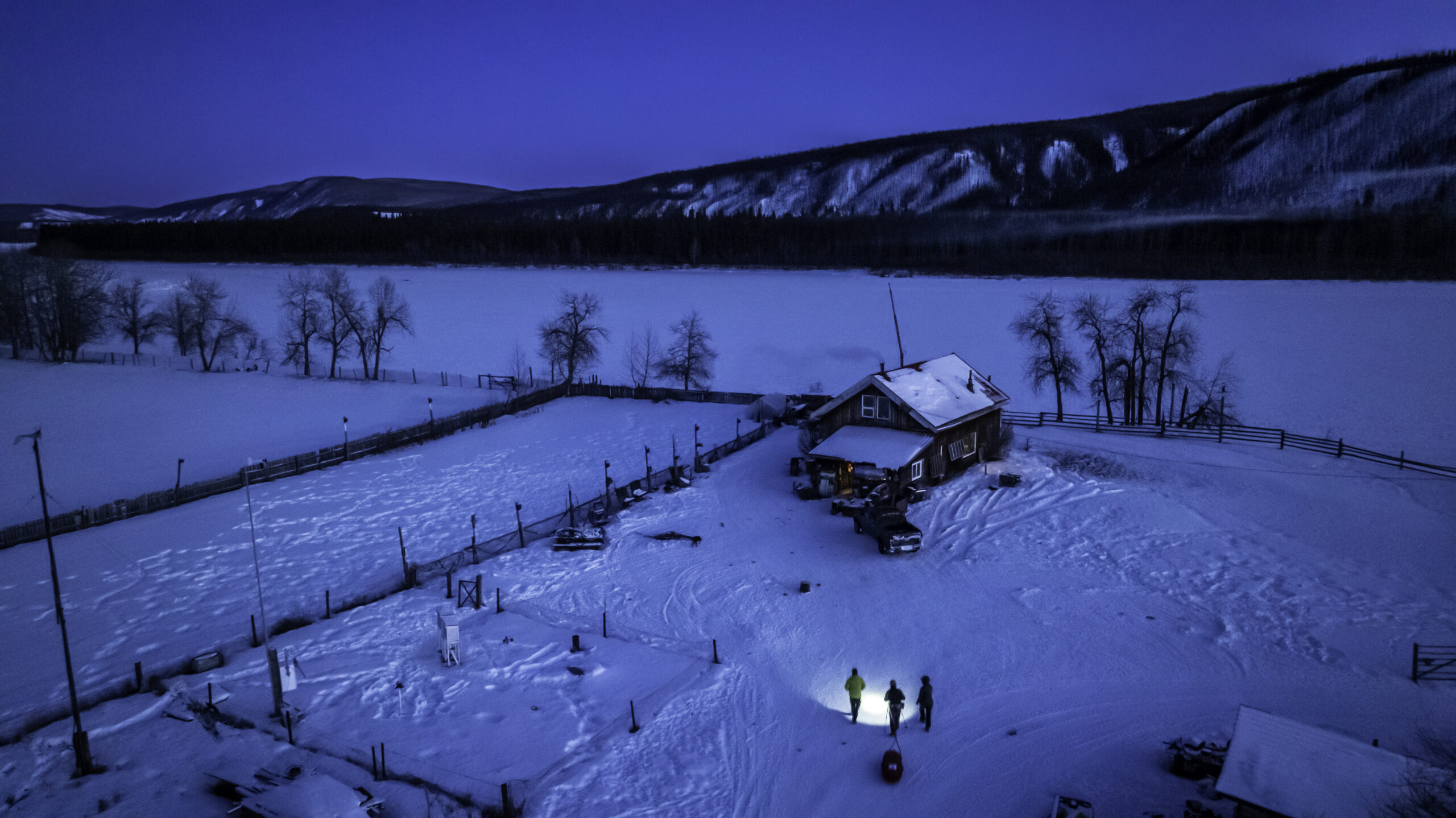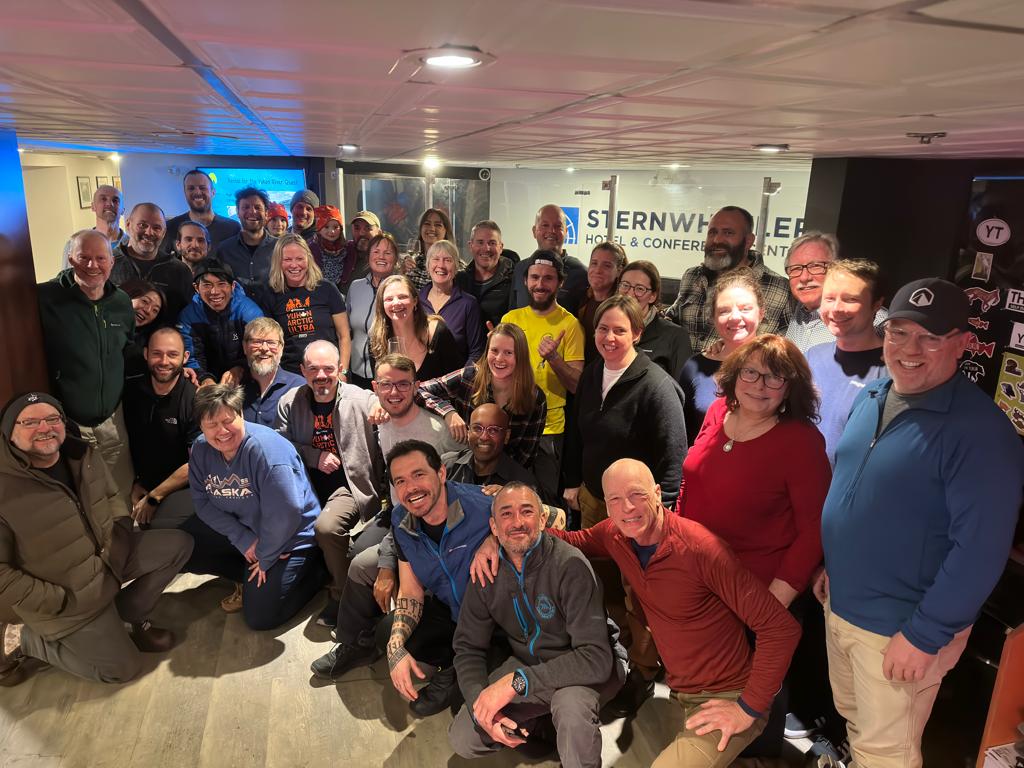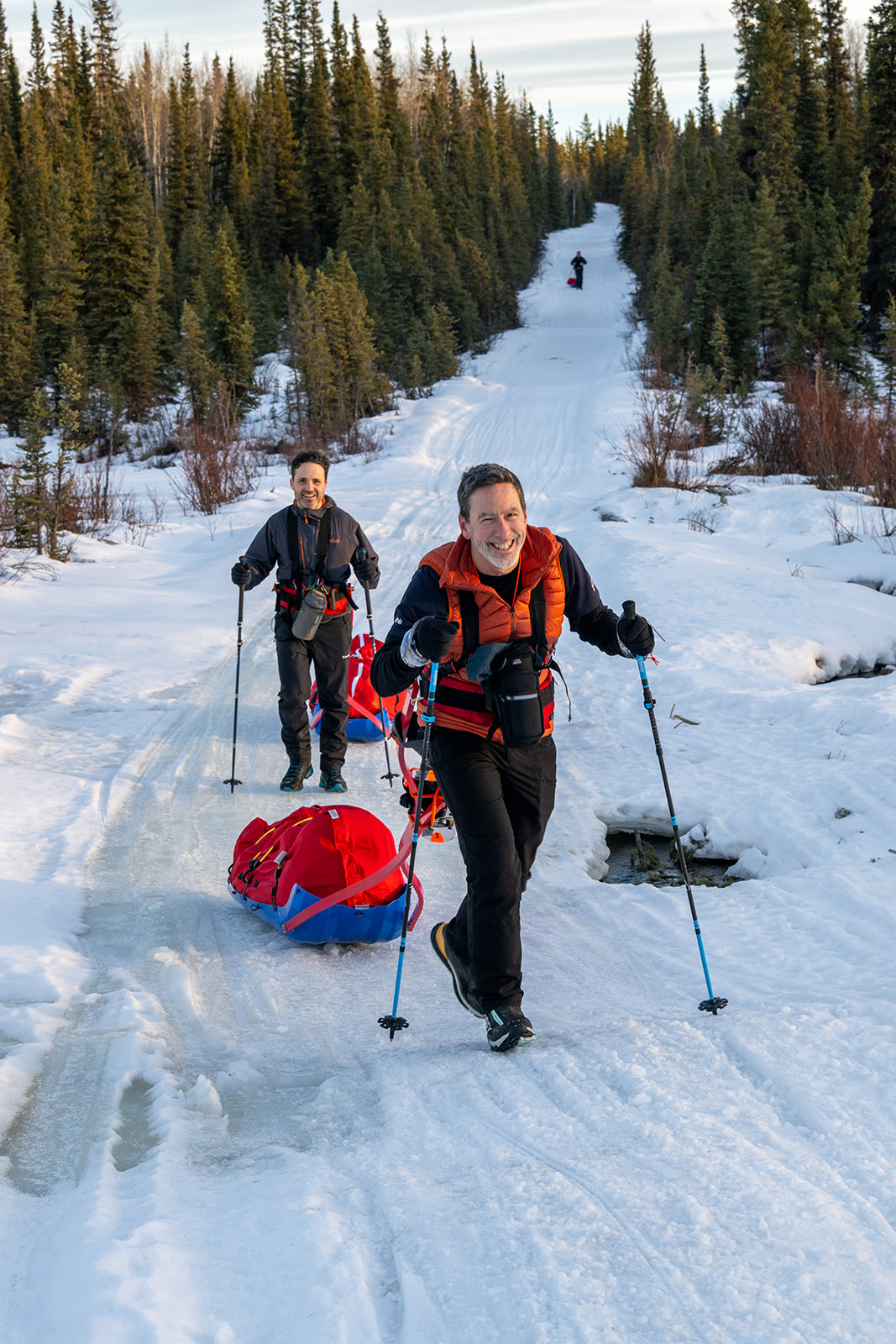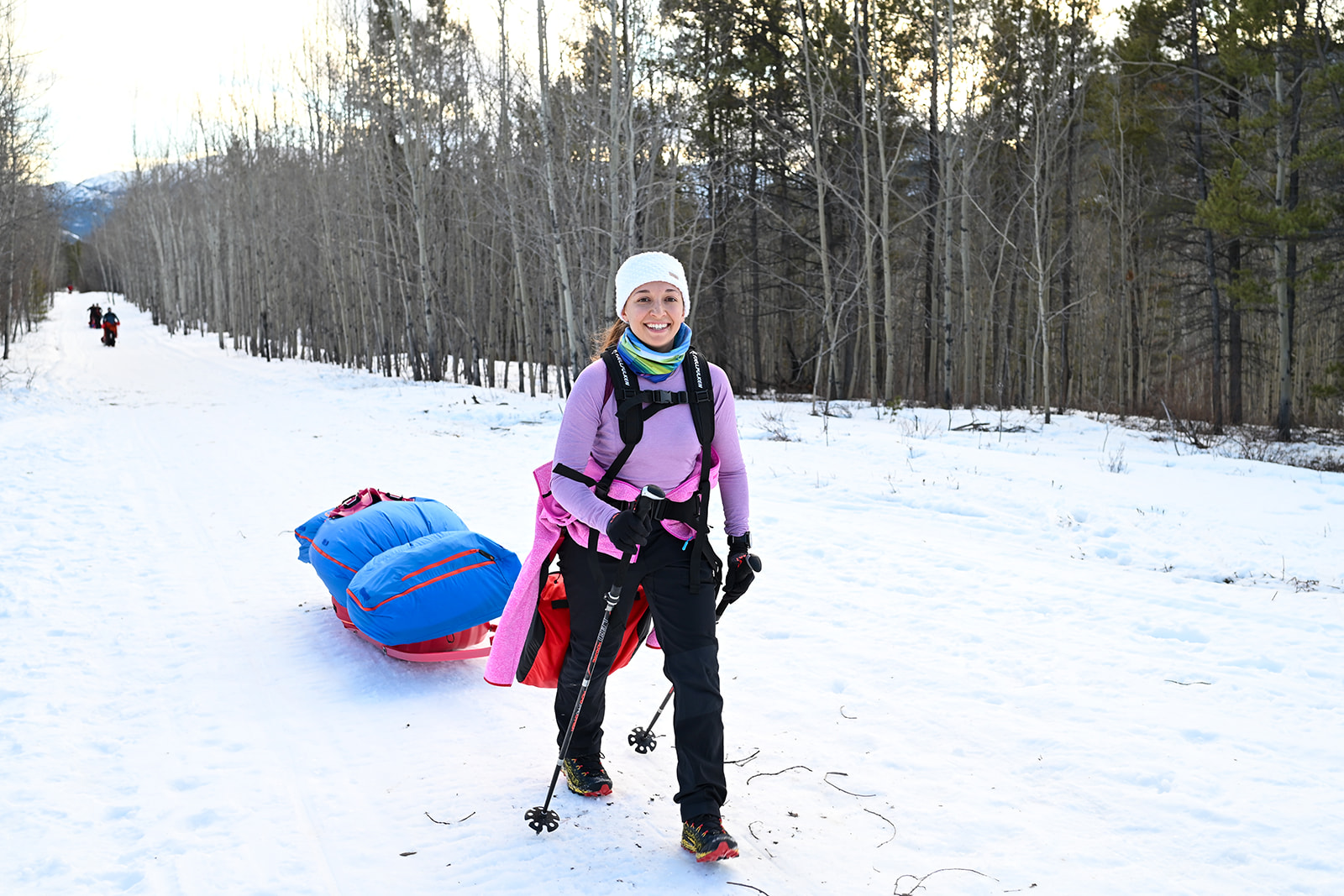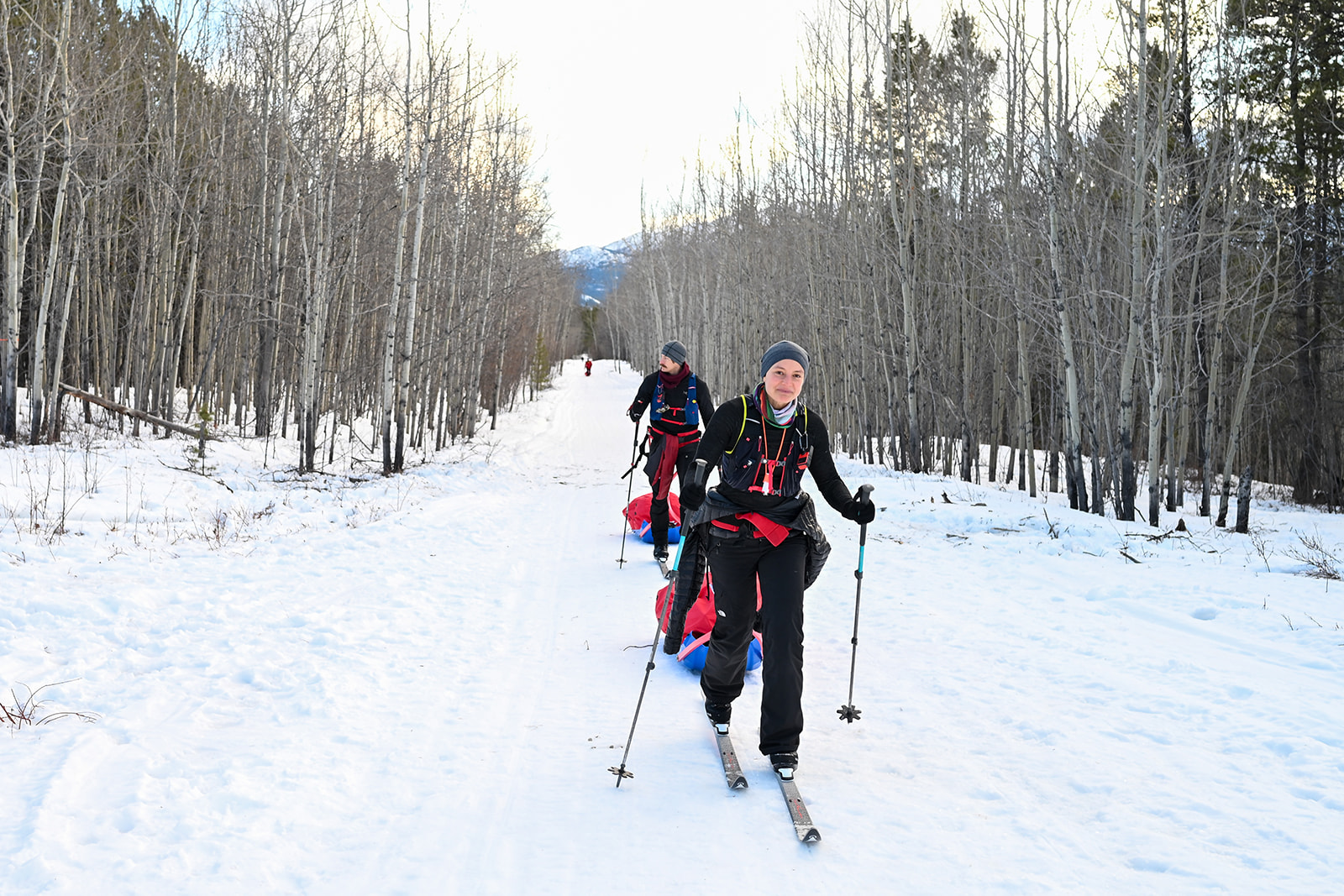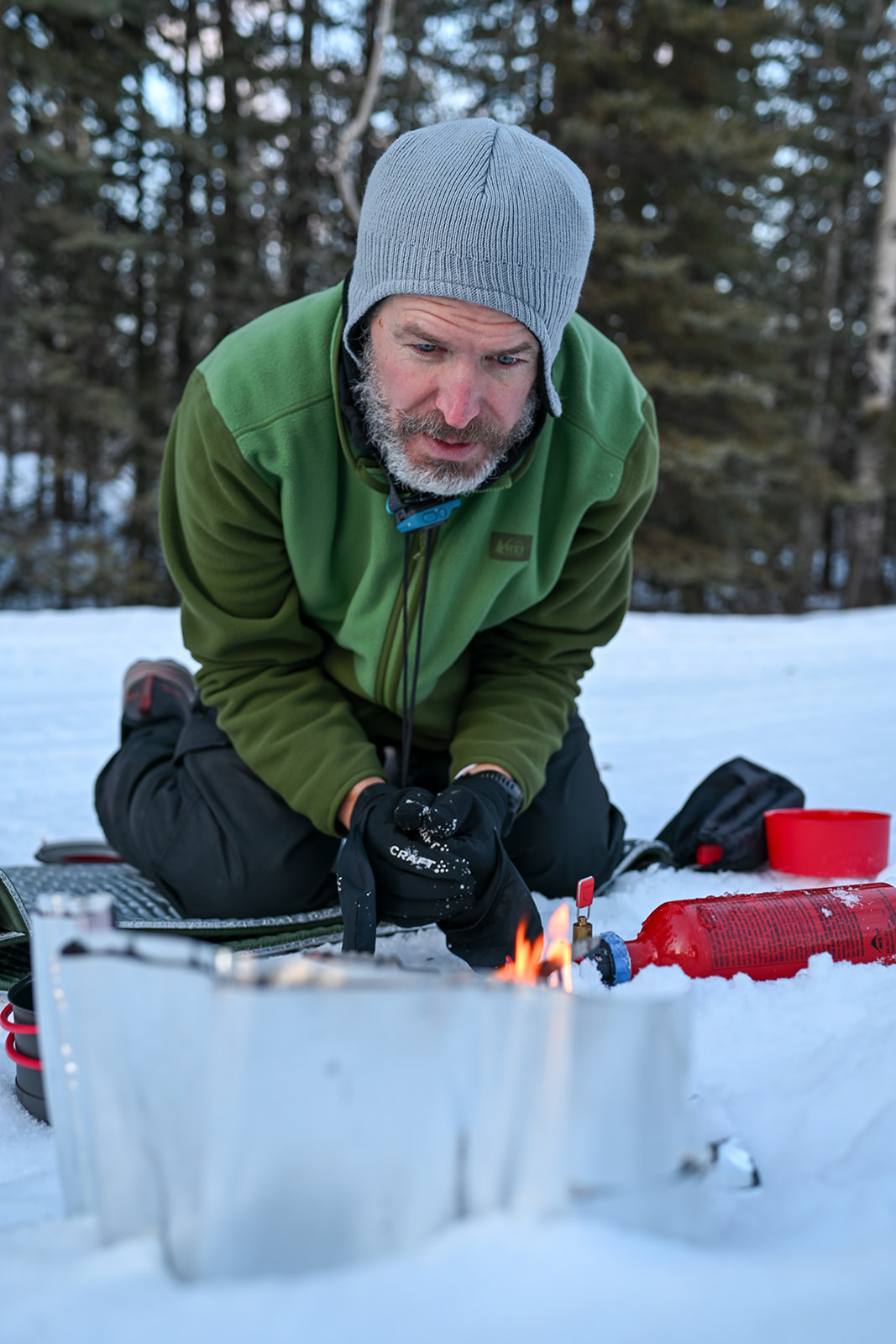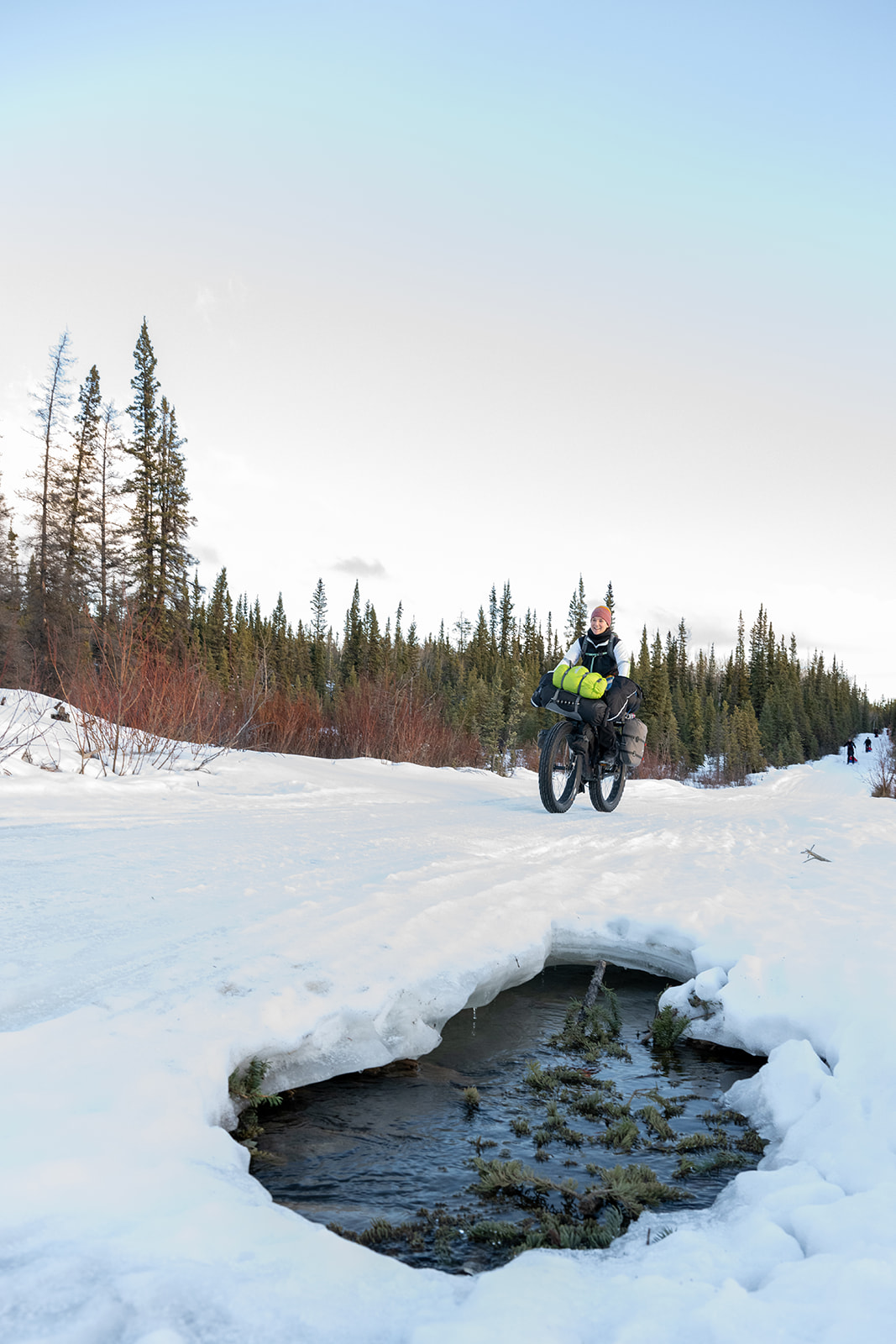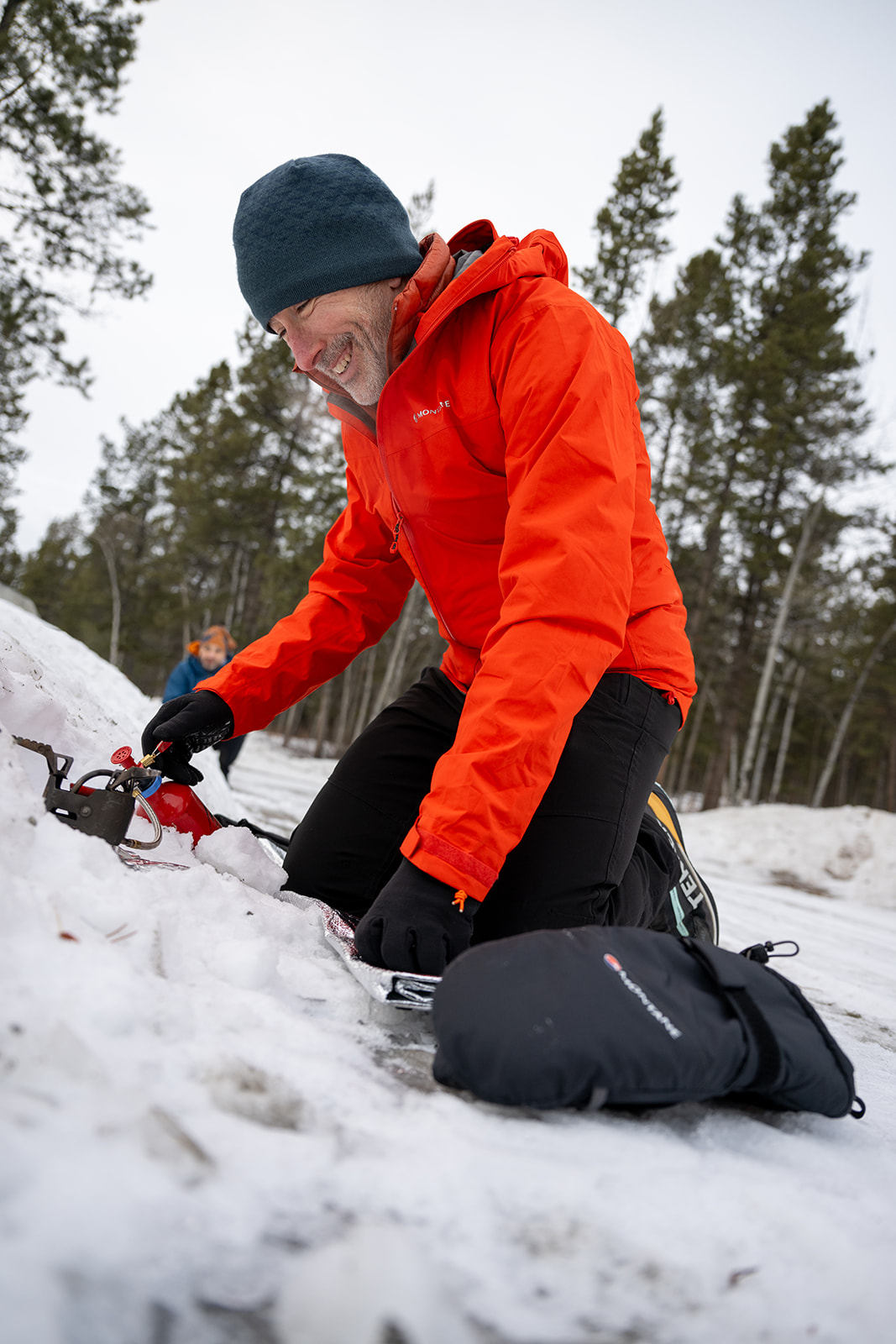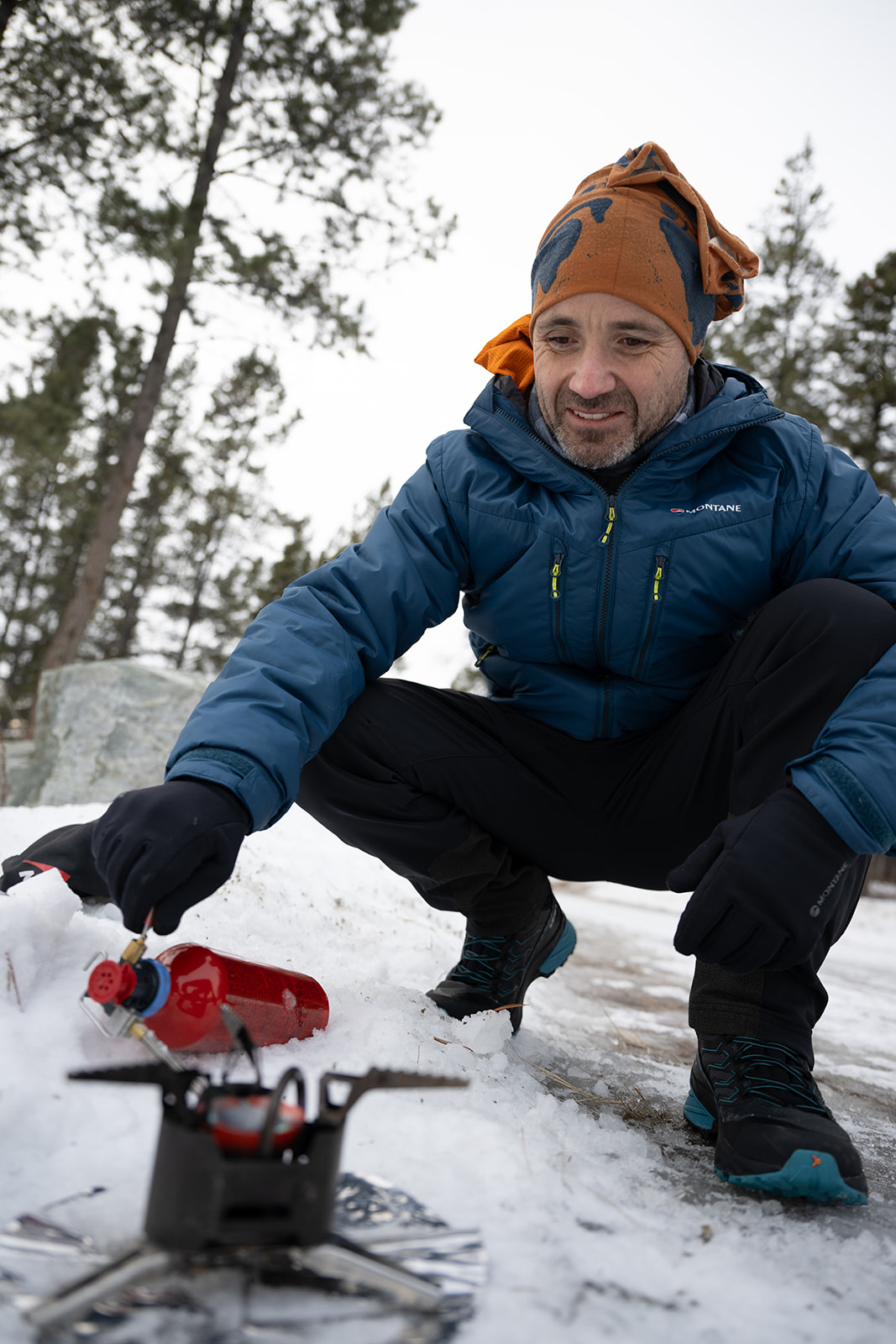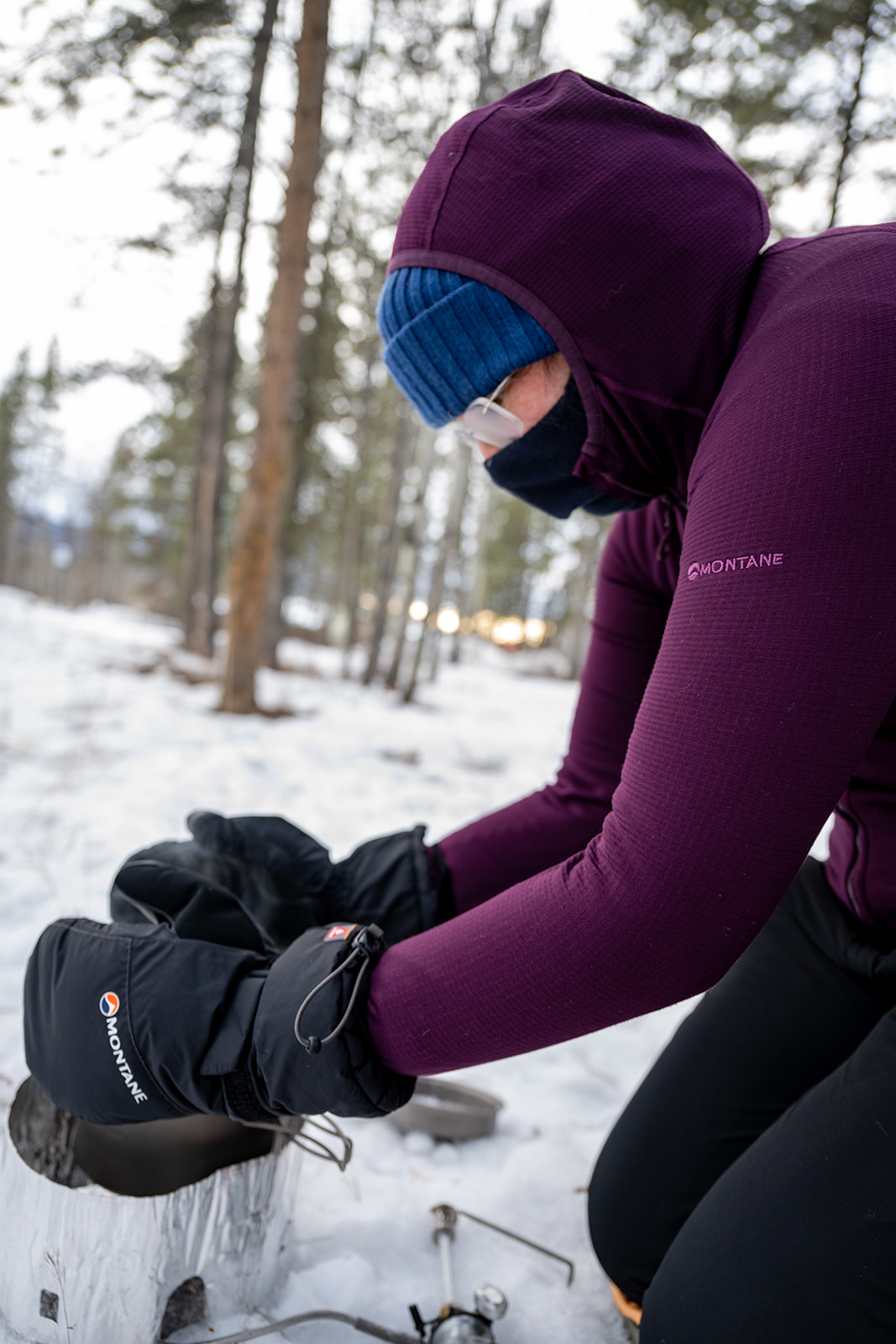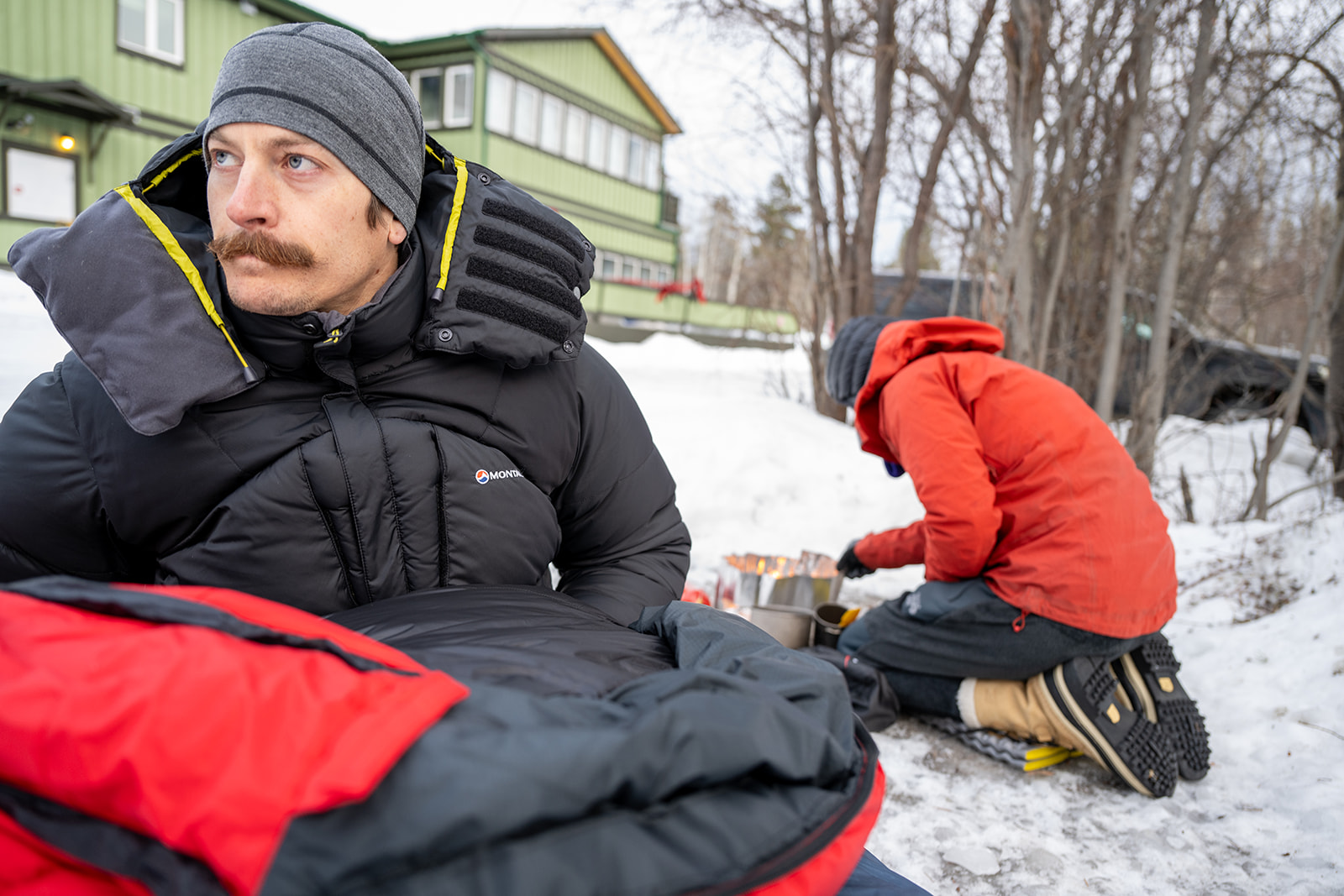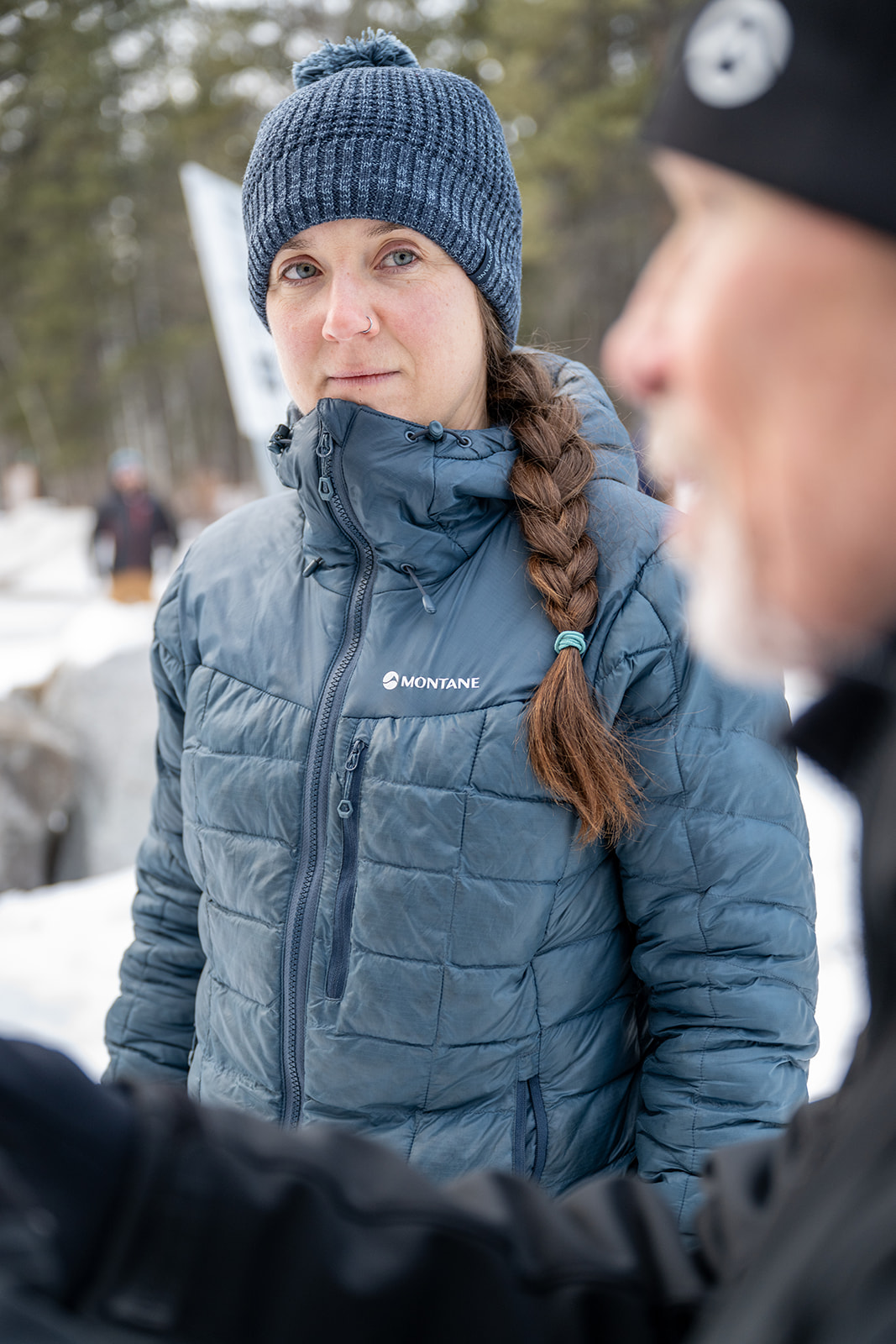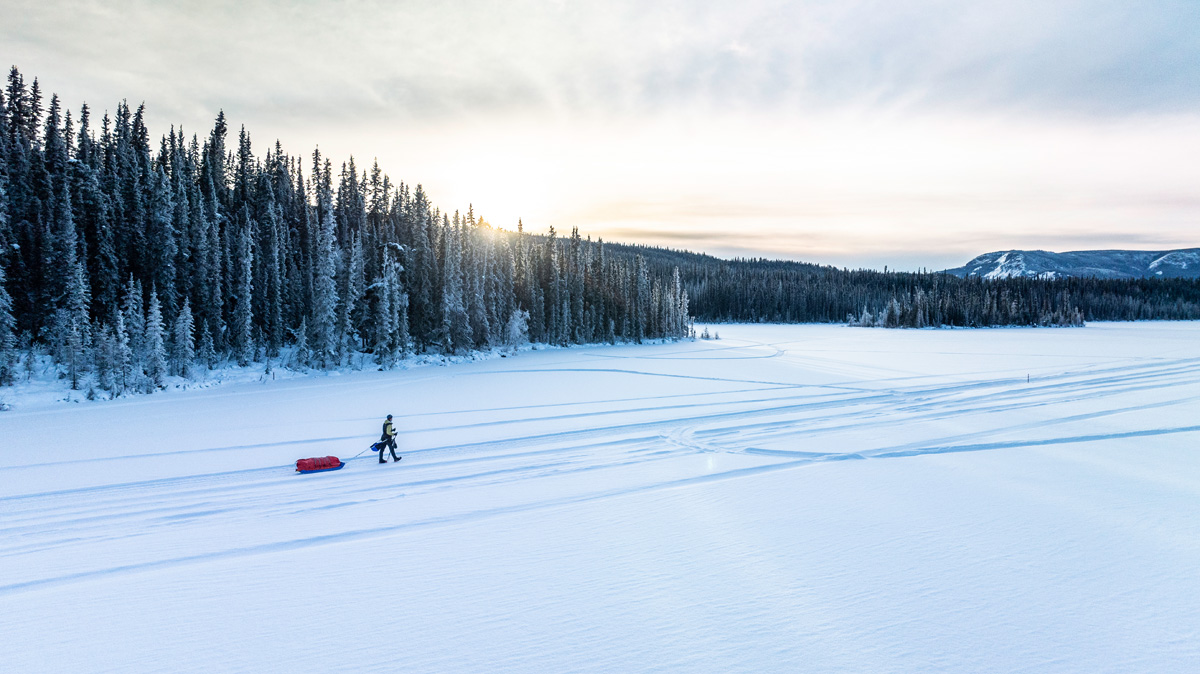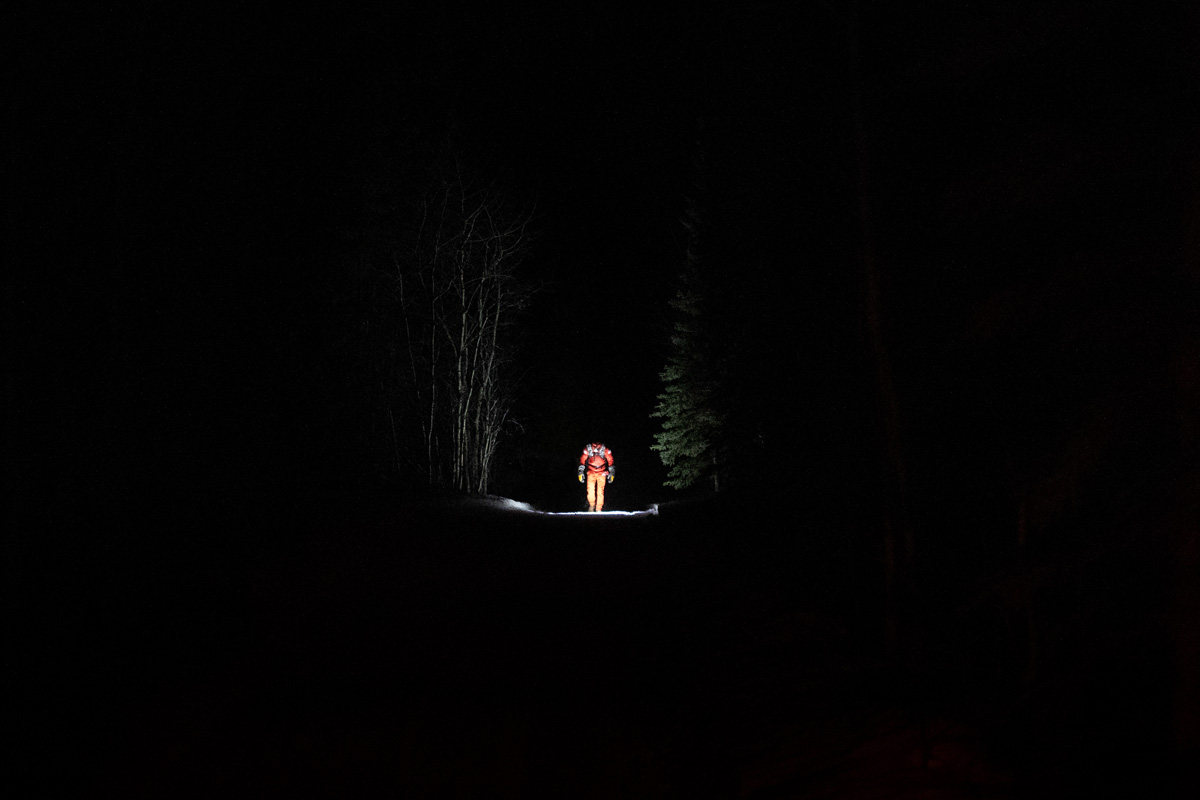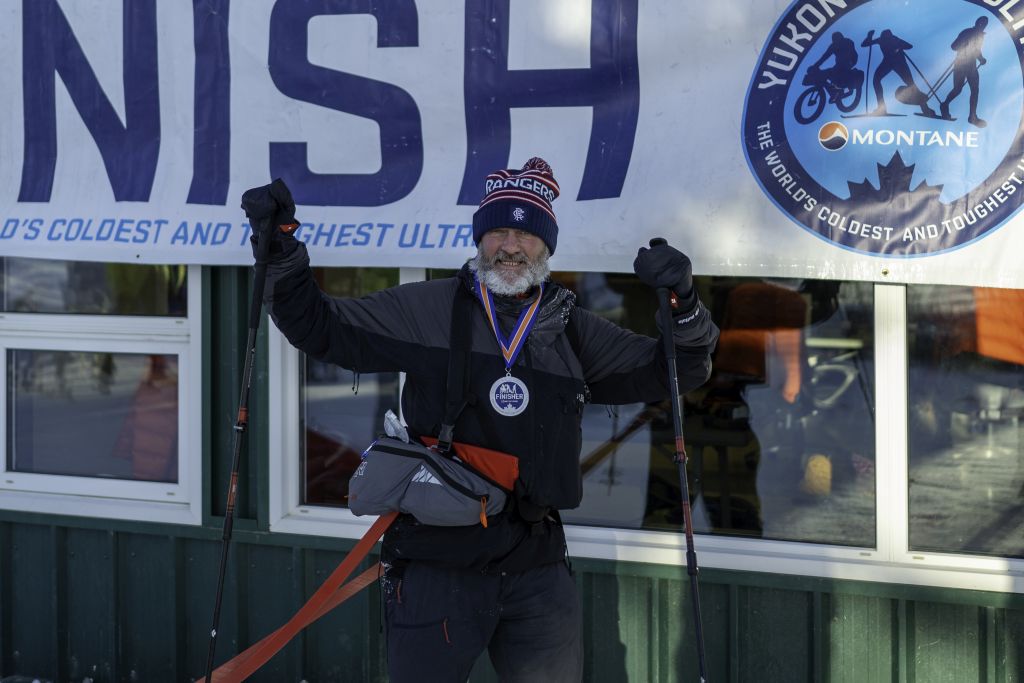
I am late with The Shelley Spirit of the Yukon Award Winner 2024. However, with Christmas approaching and the winter ultra season upon us, it feels like a fitting moment to reflect on what truly matters to us and to remind ourselves of the reasons behind our passion for these “crazy” ultras. Each person’s motivation is of course unique. Shelley loved being out in nature and challenging herself. When racing, she pushed herself hard, yet equally cherished the connections she made with locals at the checkpoints and fellow MYAU athletes from around the globe. Her desire to help others led her to become deeply involved in the MYAU, contributing in various ways, including assisting with the training course.
The award in her name allows me to highlight what should be meaningful to all of us and to celebrate the kindheartedness of individuals like Shelley. It is with great pleasure that I announce that The Shelley Spirit of the Yukon Award 2024 goes to Daniel Benhammou from the United States. Daniel has participated in the MYAU in 2015 (300 miles), 2017 (430 miles), 2019 (DNF due to frostbite), 2022 (300 miles), and 2024 (300 miles). In the years he finished, he secured either 2nd or 3rd place, showcasing his competitive spirit. But Daniel is much more than just a competitor. Upon arriving in Whitehorse, he consistently offers help to our crew, embodying a calm demeanor that is truly admirable. While I know he strives to finish strongly, his relaxed nature during the race stands out. He remains patient, friendly, and understanding, even in challenging moments. To me, Daniel exemplifies the spirit of the Yukon. His participation in five events and his commitment to return in 2025 illustrate how he is drawn to the North, the wilderness, and the adventure – even when our ultra pushes him to his limits, somehow it revitalizes his spirit. When Daniel could not finish in 2019 due to frostbite, I feared he might feel very frustrated. However, despite the disappointment, he maintained a positive outlook, focusing on the adventure’s enriching aspects and returning in 2022.
While not everyone can be as patient and calm as Daniel — that would be a tall order — these qualities are invaluable in any ultra-adventure. Daniel represents all athletes who inspire us each year with their determination and competitive spirit while also demonstrating kindness and respect. Congratulations, Daniel. Thank you for being who you are, and we look forward to seeing you at many more editions of the Montane Yukon Arctic Ultra.
If you are new to the Montane Yukon Arctic Ultra and don’t know about Shelley Gellatly and the award we created in her name, you can find more information – also about other winners from past years – on our Awards page.

